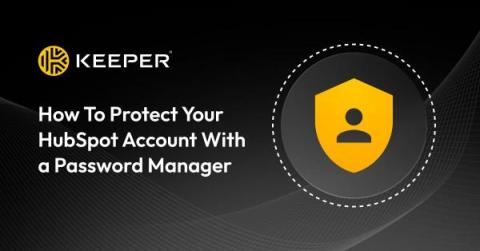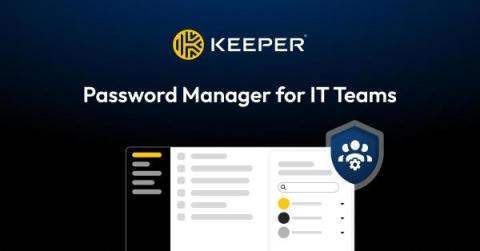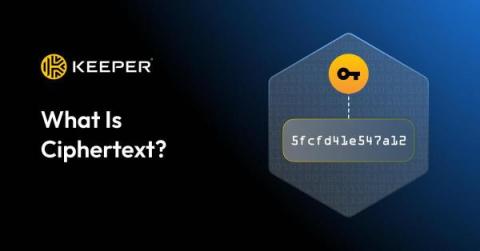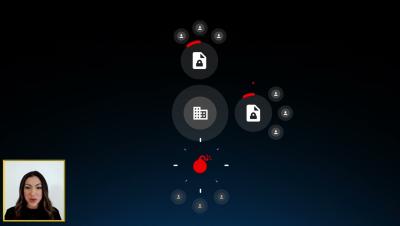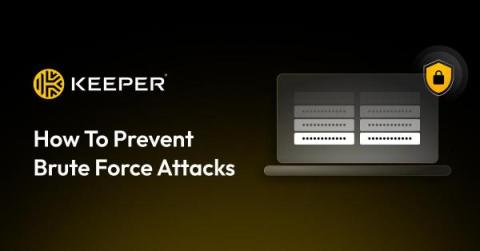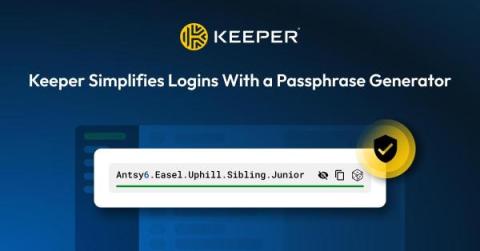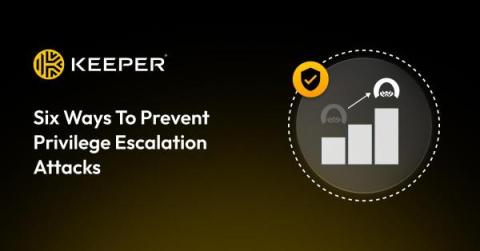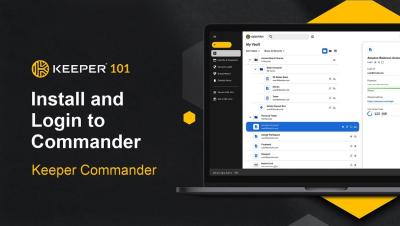How To Protect Your HubSpot Account With a Password Manager
All of your accounts, including your HubSpot account, are at risk of being hacked if they’re not properly secured. A password manager can help protect your HubSpot account by aiding you in creating strong passwords and passphrases, generating and storing 2FA codes, helping you identify fake websites and sending you dark web alerts.


